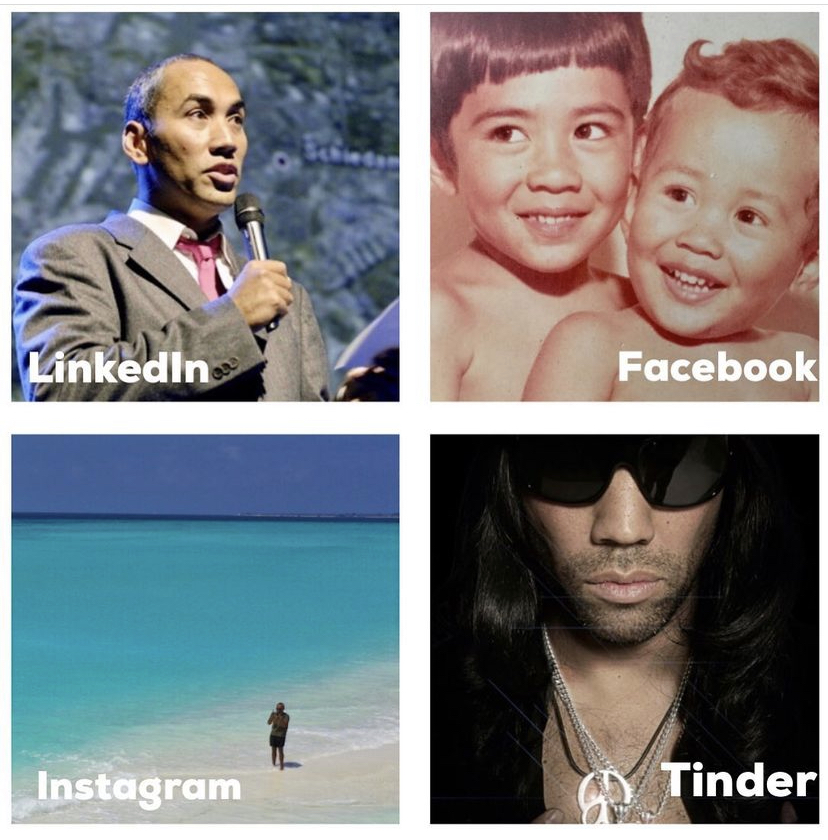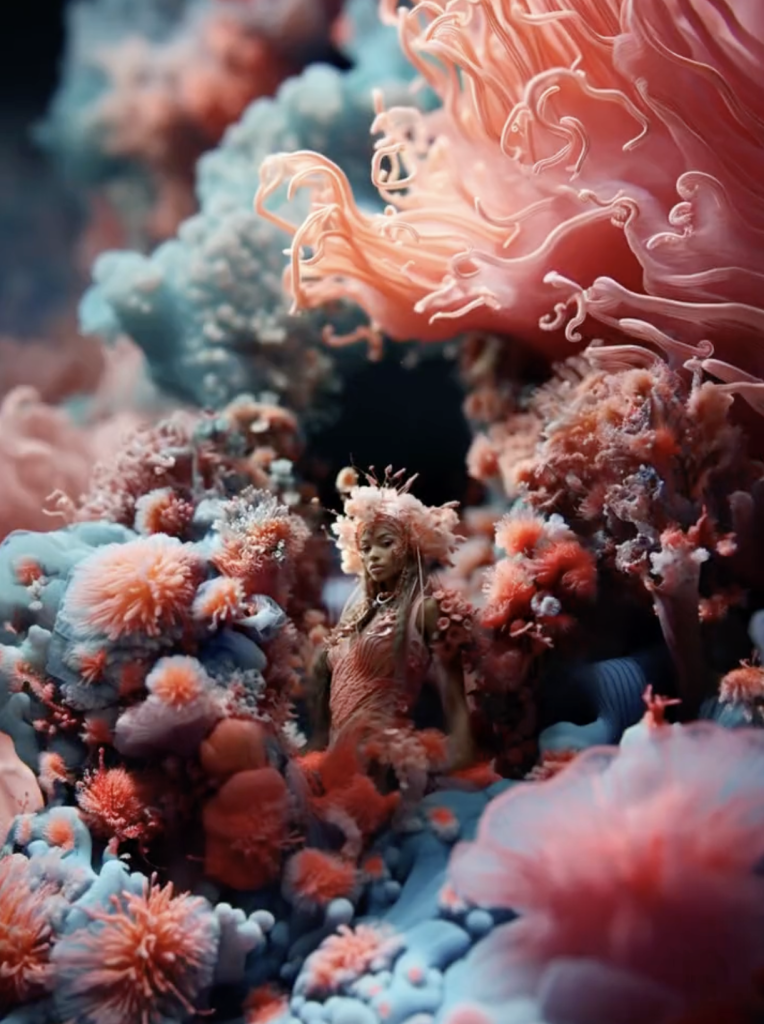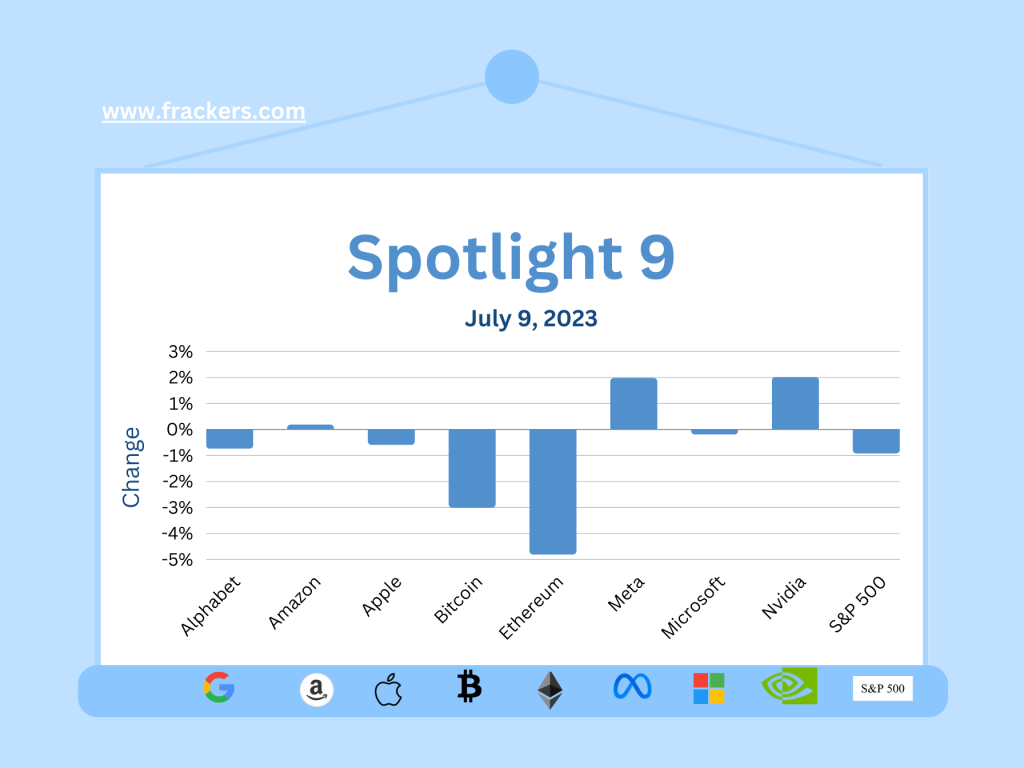Threads, the intended Twitter-killer from Meta, the parent company of Facebook, Instagram and Whatsapp, is out and I spent all of Saturday morning trying to figure out what's special about it. The answer is: nothing. With virtually unlimited resources, Mark Zuckerberg has managed to develop an extremely limited product.
Investor Fred Wilson rightly notes the importance of Twitter getting competition, and that it is positive that Threads has announced that it will support the open source protocol ActivityPub. That would mean that if a Threads user leaves Threads, it would be fairly easy to switch to another server that also supports ActivityPub, such as Mastodon - or hopefully another, more user-friendly variant than that app, which they would have been better off calling Masochist.
So in theory, a Threads user has "account portability" and is not forever stuck in the endlessly branched rabbit holes that Zuckerberg is trying to dig from Facebook, Instagram, Whatsapp and Threads. Only ... there is no support at all for ActivityPub in Threads yet. That's like a car manufacturer proudly announcing at the introduction of a new car that safety is paramount, but brakes won't be installed until the next model.
How fun, good or useful is Threads?
To use Threads, you must have an Instagram account. Yet every Threads user gets a number under their Instagram account with a link to the Threads account. Why? You already have a name for your Instagram account, so why do you get a number on Threads? (Leaving aside the fact that for people with any sense of history, the ostentatious display of a personal registration number evokes unpleasant associations.)

Of course, there is only one reason for this and that is that Zuckerberg wants to shout from the rooftops that you are not alone on Threads, that there are over 80 million people who have already created an account. When I created an Instagram account a week after Instagram launched in October 2010, I was already happy to see a few cute pictures made by other people. It took almost three months for Instagram to grow to one million users. For that time, that was tremendously fast.
Threads, through the roughly two billion Instagrammers, is going to get hundreds of millions of users very quickly who, like me, are going to take a look at what it is and how it works. But the question is how often and how intensively Threads will be used. The reason I am hardly active on Twitter anymore is the bickering of predictable people. Under the reign of Elon Musk, that trend only seems to be encouraged, and that leaves room for Meta to launch Threads successfully.
So, what is the experience of spending a morning on Threads?
- Although I have already accepted my followers on Instagram, I have to do this again on Threads and then one by one. My Instagram account has been on 'open' for a while now and anyone who would like can follow me. But on Threads I have to scroll and tap my way through a blood blister because the application is only available as an app on your phone, and I even have to confirm that my own brother is allowed to follow me. Although we have confirmed each other as brothers on Facebook.
- So what is the point of the Instagram link and the fact that Threads is part of the Meta Empire? As a user, I get little benefit from it. The integration of all data within Meta is solely to feed Meta's ad engine with additional data about users, not for better usability for average brothers.
- There is no chronological timeline so I can get a "live" sense of what people are talking about, which is precisely Twitter's strength. On all of these crucial aspects of a good user experience, Instagram boss Adam Mosseri, also responsible for Threads, says it is being worked on. By the way, he says that on Twitter, not on Threads.
- I haven't noticed it myself, but it's been widely complained that Threads posts in your timeline from accounts you don't follow at all. It could be that these
misery'feature' will first be tested in the U.S. before being unleashed on the world. Of course, Meta is trying to use this to keep the user hooked for longer in a way copied from TikTok. - Most of the posts in my timeline on Threads consist of photos. Often the same photos that the account owner has previously posted on Instagram, and since I have added everyone I follow on Instagram on Threads as well, I feel like I am watching a repeat. Not a pleasant experience.
- Threads is currently a muddled product in which text and images are mixed in an unnatural way. This is to be expected since the vast majority of users come via Instagram, which is not a conversation or discussion platform like Twitter was in its best days.
- Unlike Instagram, where filters can be laid over photos that smooth out wrinkles so well that even miss Piggy can look like Jessica Rabbit, there are no filters that make text messages on Twitter or Threads smarter or more fun. So it quickly becomes chatter or complaining.
Vice already concluded that Threads combines the worst of Twitter and Instagram into a hopeless product. Meta' s only selling point for Threads is that it should be a text platform not called Twitter.
The upside for Meta is that Instagram has a huge installed base and hundreds of millions of people will try Threads. The downside is that turning image-sensitive Instagram users into text-producing Threads people will be about as natural as making a shot putter run.
For now, Threads will not be a threat to Twitter in terms of usage, audience and form of communication. The number of accounts will be huge, but usage relatively infrequent. It simply adds too little.

Threads chief Mosseri, by the way, claims that Threads' goal is not to replace Twitter, either. No, the noble goal, according to Mosseri, is to "create a public square for communities on Instagram that have never embraced Twitter and for communities on Twitter and other platforms that are interested in a less angry place for conversations but not all of Twitter.
Apologies, there I am again, I was away for a while; I was sitting barefoot with self-picked buttercups in my hair, connecting with the earth, while already tree-hugging, reciting a sonnet to the universe. That is how much I liked this description of "a public square" on Threads.
Zuckerberg's real goal with Threads
Let's ook at the larger problem facing Zuckerberg. The press release announcing the 2022 annual results says, among other things, this:
- Meta has over $40 billion in the bank
- revenue for 2022 was $116 billion
- but... 'the average price per ad decreased by 16% year-over-year'
And there we are at the core. Because the total number of users of Facebook, Whatsapp and Instagram is still growing only a few percent per year, and revenue per ad is falling many times more sharply.
With Threads, Zuckerberg has two goals: first, to create a new platform through which to sell more ad space, even though the estimated revenue of, say, Twitter this year at $3 billion is a decimal rounding for Meta. No doubt Zuckerberg thinks he can get a much higher revenue per user on Threads, than Musk does on Twitter. Advertisers are not eager to advertise next to a discussions about politics. It just doesn't sell well.
But with the wealth of new data that large scale use of Threads could provide about its users, Zuckerberg hopes to make his real move and charge higher ad rates; because with the heightened privacy requirements that Meta is facing, especially in Europe, unscrupulous selling of user privacy as in Meta's current business model is becoming increasingly difficult.
This is also the same reason why Zuckerberg is trying to pressure the EU to adjust the regulations for Meta. And one way he is doing that is by not yet releasing Threads in EU countries, referring to the "unclear regulations on the use of data across multiple platforms.' Because that's what Zuckerberg is all about; he wants to fill each user's social and interest graph as richly as possible for his advertisers. But Europeans can rest assured: you really aren't missing anything from Threads.

$40 billion in the bank and Zuck makes the AliExpress version of Twitter
It's intensely sad. Zuckerberg still has nearly 80,000 employees after all the rounds of layoffs, including an army of talented programmers. Combine that talent with that $40 billion in the bank and there are every opportunity to develop a new, beautiful product. But what is the result of its first self-developed product in nearly two decades?
No more than a slapdash version of Twitter, which in itself is a waste of Elon Musk's talents. I still hope for once that man gets angry about Alzheimer's, cancer and mental health of humanity and uses his talents to solve those problems, for example with a biotech company. Musk has mastered development of software, hardware and mechanical innovations, how difficult would biotech be for him? That would be really fascinating to follow.
Zuckerberg stable borrowed the idea for Facebook from his friends co-founders, bought Instagram for $1 billion, Oculus for $2 billion and Whatsapp for $19 billion. Nice detail: Ukrainian Jan Koum, founder of Whatsapp, who emigrated to the U.S. at the age of 16, signed that sales deal from which he himself made just under $7 billion, for the office where he once got his food stamps received.
Zuckerberg has grown from a creative programmer to an experienced CEO. Only not from a technology company that develops its own valuable solutions, but from a private equity fund that copies or buys other people's ideas. Then all the talent from the acquired companies leaves, though that voluntary departure cost Whatsapp's Brian Acton no less than $850 million. Surely Zuckerberg must ask himself at times why such talent is so eager to leave Meta?
Instagram Stories was a total imitation of Snapchat but at least it worked fine. Threads, on the other hand, looks like a loveless, hastily made product. I hold out hope that one day Zuckerberg will rediscover himself as the leader of a team of talented developers and develop a beautiful, meaningful, original product. Threads is certainly not that; it is currently the AliExpress version of Twitter.
Talented YouTubers push boundaries
Speaking of meaningful, original products, two of my favorite YouTubers, Cleo Abram and Marques Brownlee, visited ZeroSpace in New York, a cross between a laboratory and a studio where the most extraordinary special effects are created where real and fake cannot be distinguished. What I found most extraordinary was the technique where up to six scenes can be shot simultaneously with different camera images(at 6 minute 11).
Cleo and Marques discuss a sensitive issue after Marques takes the guise of Cleo: what happens when every actor can be simulated by a computer and soon you won't know whether you are watching a real scene with fantastic acting, or a complete simulation? Will the Oscar for best actress soon go not to Meryl Streep, as it should, but to the programmer who generates the digital Meryl Streep from bits, pixels and audio clips?
Cleo's report is here and this is Marques' report. The wait is for a full movie with fake actors in a fake environment, but hopefully one with a good script because they remain difficult to write, even with AI.
Also check out this tour of Marques' $1 million studio, in which each room is set up to solve a specific video-making problem. If you have the idea that YouTubers are still making videos with a cap on backwards in their parents' attic in pajamas, be sure to check out the quarter-million-dollar robotic arm for making quick camera movements.
Midjourney update is impressive
Crunchbase summed up the bizarre first six months in terms of funding for AI companies well.Despite the billions invested in AI, the total amount invested in technology companies dropped a whopping 51% compared to 2022.
With the investment money in AI companies, extraordinary achievements are being made. Two weeks back, I wrote briefly about Photoshop's amazing "generative fill," which uses AI to add complete sections of an image in a way that is indistinguishable from the real thing.

As if Midjourney were not already stunning enough, that company has released an incredibly good "Zoom Out" update that enables such extraordinary images that designer Kalson Kalu has compiled a brilliant top 10 of them. This top 10 is also impressive. Here's a detailed description of how the Midjourney v5.2 update works and what else we can expect in the near future.
All Sequoia companies are working on AI
Investment firm Sequoia (Apple, Atari, Google, Instagram, Whatsapp etc) asked 33 of the portfolio companies about their developments in AI. The findings are very worth reading. As many as 65% of the companies have AI applications in production and 94% use a "foundation model API" such as Chat GPT from OpenAI to do so.
Character.ai's chatbots even lead to adventure games
Bloomberg came out Friday with this excellent article about character.ai, the maker of chatbots that was recently valued at $1 billion but whose usefulness escapes me for now. It doesn't help when the CEO then blurts out texts like "I joke that we're not going to replace Google. We're going to replace your mother".
The founders are AI experts who did very clever things at Google, so I still struck up conversations with various characters on character.ai including Einstein, a banana and Darth Vader. Copyright and other intellectual property infringement aside, one psychologist already pointed out the danger of allowing any willful leip with lots of free time to pose as a psychologist, like this chatbot.
Things got surprisingly funny after all when I struck up a conversation with SM64 Mario, the chatbot based on the Nintendo 64 Super Mario. The creator of this bot does more than chat, he asks you along on an adventure.
In my case, Super Mario said, 'help me save Princess Peach, defeat Bowser, and bring Peach back safely to her castle. We will also visit many different worlds, each with their own unique challenge.' Then the text appeared: Mario walks over to a painting, and enters the painting portal, inviting Michiel to come with him.
This implementation of a chatbot reminded me of a textual adventure, like the first MUDs thirty years ago when I was just getting into the Internet. Try it for yourself, Super Mario is waiting for you here.
Spotlight 9: Nvidia holds its own
After my longer analysis last week on the first half of what can be called a jubilant year so far for tech stocks, in crypto equally, this week was downright soporific. Everyone knows by now that Apple is worth $3 trillion and it seems like investors are banking on that exact market value.

Yet the old adage "sell in May and go away, but remember to come back in September" does not hold true for the "chipmaker for the AI stars": Nvidia. Over the past month, NVDA shares rose more than 10% and its market value has increased to more than $1 trillion, to be precise, to $1,050 billion.
Right now, Amazon ($1.3 trillion) and Alphabet (Google's parent company, $1.5 trillion) are still worth a few hundred billion more than Nvidia, but if things continue like this, Nvidia could end the year as the third most valuable technology company in the world, behind Apple and Microsoft. No one could have foreseen that at the beginning of the year.